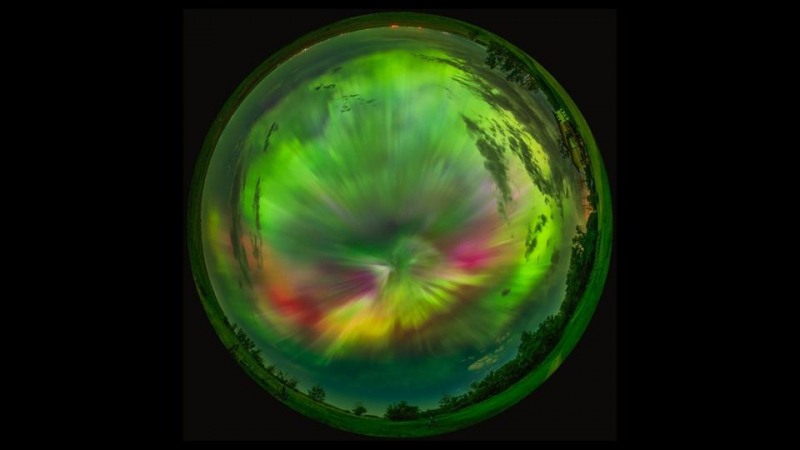Experience the stunning Aurora of May 31/June 1, 2025 — a breathtaking display captured in a 360º panoramic view, where the horizon surrounds you and the zenith takes center stage. At around 1:30 am, during the peak of the substorm, vibrant curtains of light lit up the sky, blending a dazzling spectrum of colors.
This rare and powerful geomagnetic storm captivated skywatchers worldwide. The Northern Lights (Aurora Borealis) and Southern Lights (Aurora Australis) were visible far from polar regions. Witnessing images flooded social media — with multi-colored curtains, coronas, and rays, creating a mesmerizing spectacle.
Don’t miss your chance to witness such incredible natural wonders. Book your spot now with MWR LIFE and secure the best viewing experience. Reserve your favorite seats in the most prime locations and enjoy the magic of the skies above.
Join us for this unforgettable event — reserve your place today!
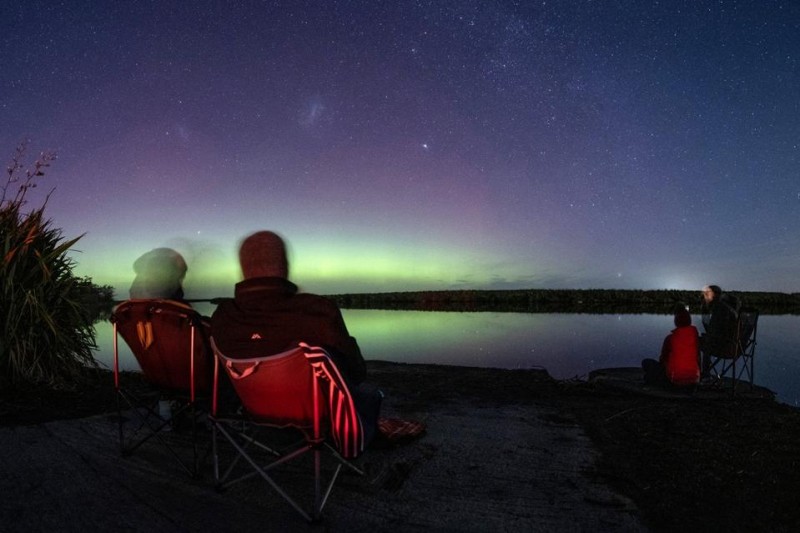
People look at Aurora Australis, also known as the Southern Lights, as it glows on the horizon over Lake Ellesmere in Lincoln on the outskirts of Christchurch on June 1, 2025
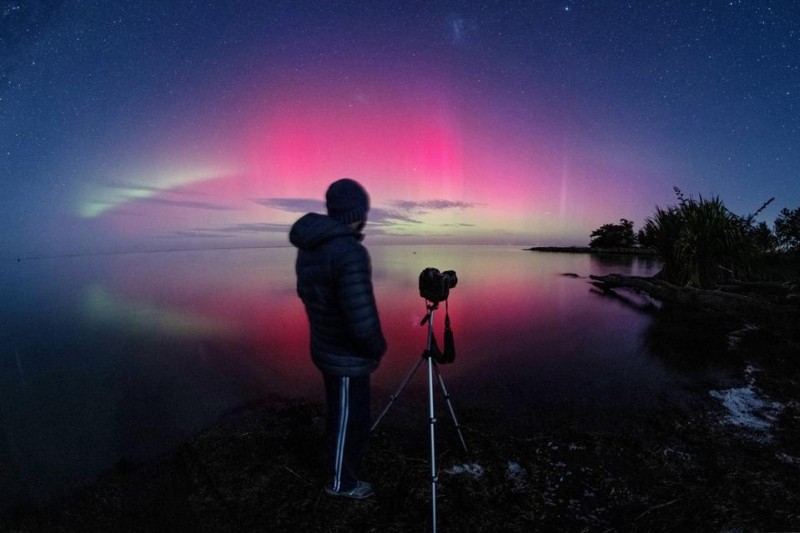
A man takes visuals of Aurora Australis, also known as the Southern Lights, as it glows on the horizon over Lake Ellesmere in Lincoln on the outskirts of Christchurch on June
The spectacular event was triggered by a massive coronal mass ejection — a cloud of charged particles hurled into space from the sun — lit up skies in Canada, the U.S., Europe, New Zealand and beyond for over 60 hours between Saturday, May 31 to Tuesday, June 3, 2025.

The great aurora of May 31/June 1, 2025, in a ~240º panorama from northeast at left, to northwest at right, taken as a substorm was hitting, and the sky was lighting up with bright and colourful curtains. Here the curtains had moved mostly to the south, at centre here, after an initial appearance at the start of the night as a diffuse band across the north. However, moments after this as the substorm peaked, the sky filled with aurora, captured in an all-sky circular panorama.
As Earth approaches the solstice on June 21, typical locations in the Northern Hemisphere where the aurora oval hangs over — such as polar latitudes near 70 degrees North — currently have no hours of darkness. That makes the U.S. currently one of the best places to see the Northern Lights.
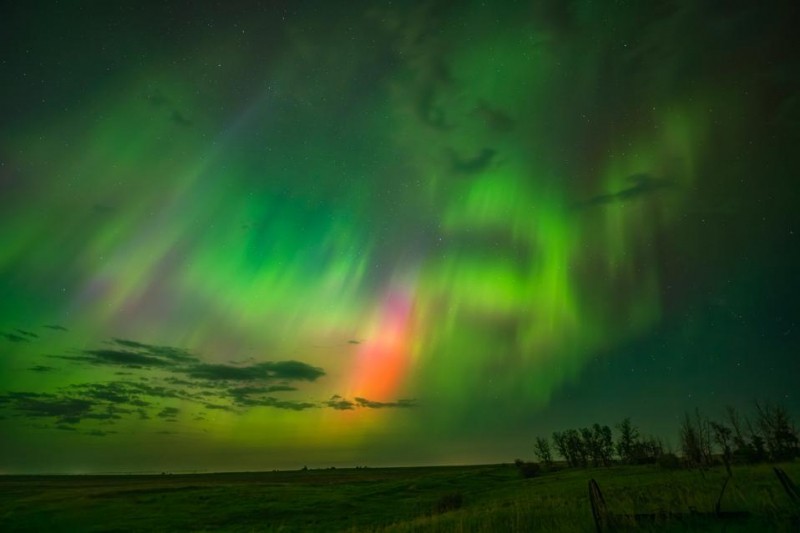
The great aurora of May 31/June 1, 2025, here with a burst of red appearing for a brief time amid the curtains to the east as a substorm hit boosting the brightness and colours. On this night the Kp index peaked at Kp8, unusually high. However, to the eye the aurora still remained dimmer and colourless, except for moments like this when some reds did show up to the eye. Technical: A single 5-second exposure with the Viltrox 16mm lens at f/1.8 on the Nikon Z6III at ISO 400.
A long-lasting G4 geomagnetic storm, it was one of the most vivid displays of aurora in Solar Cycle 25, which is currently in its solar maximum period. The sun has an 11-14-year cycle during which its magnetic activity waxes and wanes. It wasn’t, however, as powerful as the G5 geomagnetic storm last weekend that saw aurora seen from as far south as California.
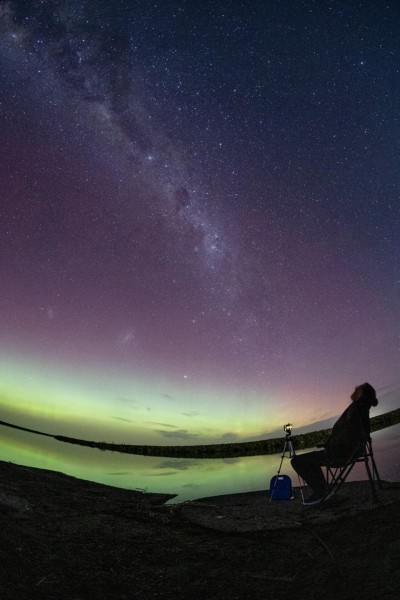
A man takes visuals of Aurora Australis, also known as the Southern Lights, as it glows on the horizon over Lake Ellesmere in Lincoln on the outskirts of Christchurch on June 1, 2025.
The long display was initially triggered by a powerful M8.2-class solar flare on May 31, which launched a fast-moving “halo CME” — an Earth-directed coronal mass ejection. It began interacting with Earth’s magnetosphere early on June 1, triggering a G4 (Severe) geomagnetic storm, with the Kp index peaking at 8 — high enough to expand the auroral oval well into mid- and low-latitude regions.
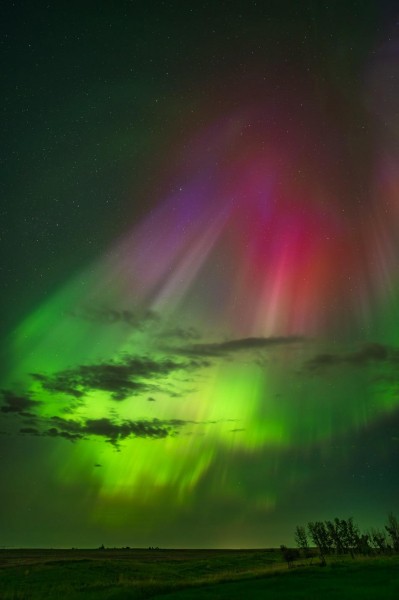
The great aurora of May 31/June 1, 2025, here with particularly colourful curtains to the east as a substorm hit boosting the brightness and colours. On this night the Kp index peaked at Kp8, unusually high. However, to the eye the aurora still remained dimmer and colourless, except for moments like this when some reds did show up to the eye. This is a wide-angle lens framing from the horizon to near the zenith at top. Technical: A single 5-second exposure with the Viltrox 16mm lens at f/1.8 on the Nikon Z6III at ISO 800.
In the U.S., aurora was seen as far south as southern Nebraska, Missouri, and even parts of New Mexico. States including Oregon, Wyoming, Illinois, Indiana, Ohio, Pennsylvania, New York, New Hampshire, Vermont, Maine, and Massachusetts also witnessed views of the aurora. According to Spaceweather.com, auroras were captured on the Gulf Coast at latitude 30 degrees North — a very rare event that reflects the storm’s exceptional intensity.
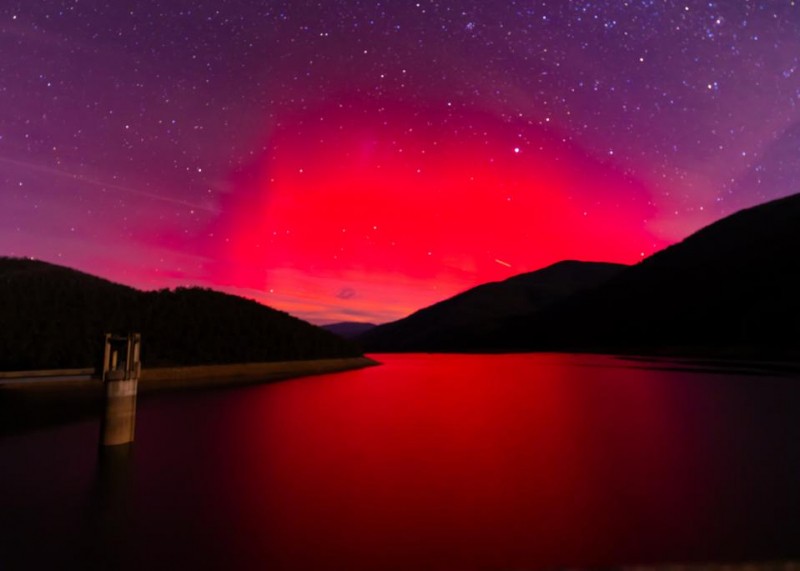
This photo taken on June 1, 2025 shows the aurora seen at the outskirts of Canberra, Australia. (Photo by Chu Chen/Xinhua via Getty Images)
Outside North America, both aurora borealis and aurora australis were seen in abundance. Canada experienced sky-filling displays, while colorful Southern Lights were seen from southern Australia, Tasmania and New Zealand. The geomagnetic storm began to wane on June 2, but minor (G1) to strong (G3) storms persisted into June 3, keeping high-latitude skywatchers on alert.
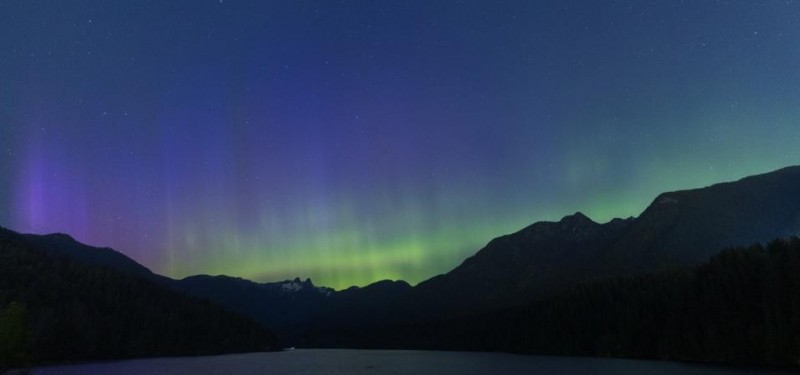
The Aurora borealis, commonly known as the northern lights, is seen at Cleveland Dam Park on June 03, 2025 in North Vancouver, British Columbia, Canada. (Photo by Andrew Chin/Getty Images)
The Northern Lights are a result of the solar wind, which consists of charged particles emitted by the sun that interact with Earth’s magnetic field. While much of this solar wind is deflected by the magnetic field, some charged particles travel along the magnetic field lines toward the polar regions where they enter. These particles collide with and excite oxygen and nitrogen atoms, causing them to release energy as light.
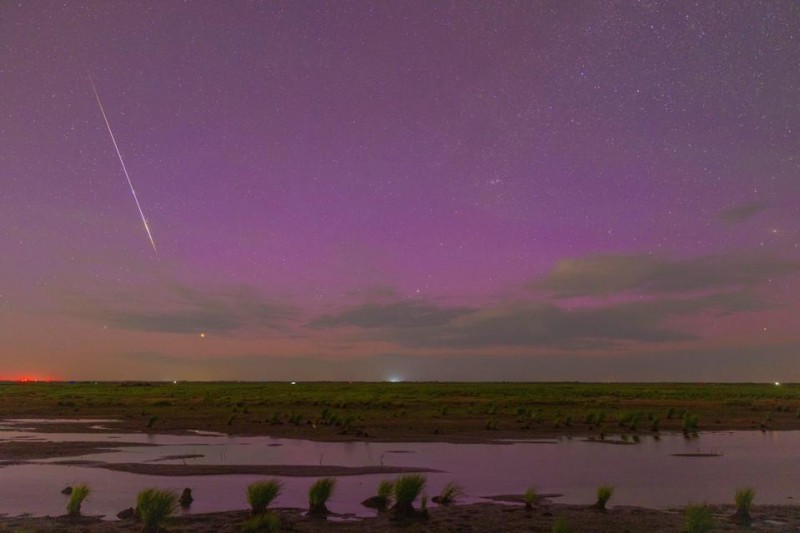
This photo taken on June 1, 2025 shows a view of aurora and a dashing meteor in Jixian County of Shuangyashan City, northeast China’s Heilongjiang Province.
